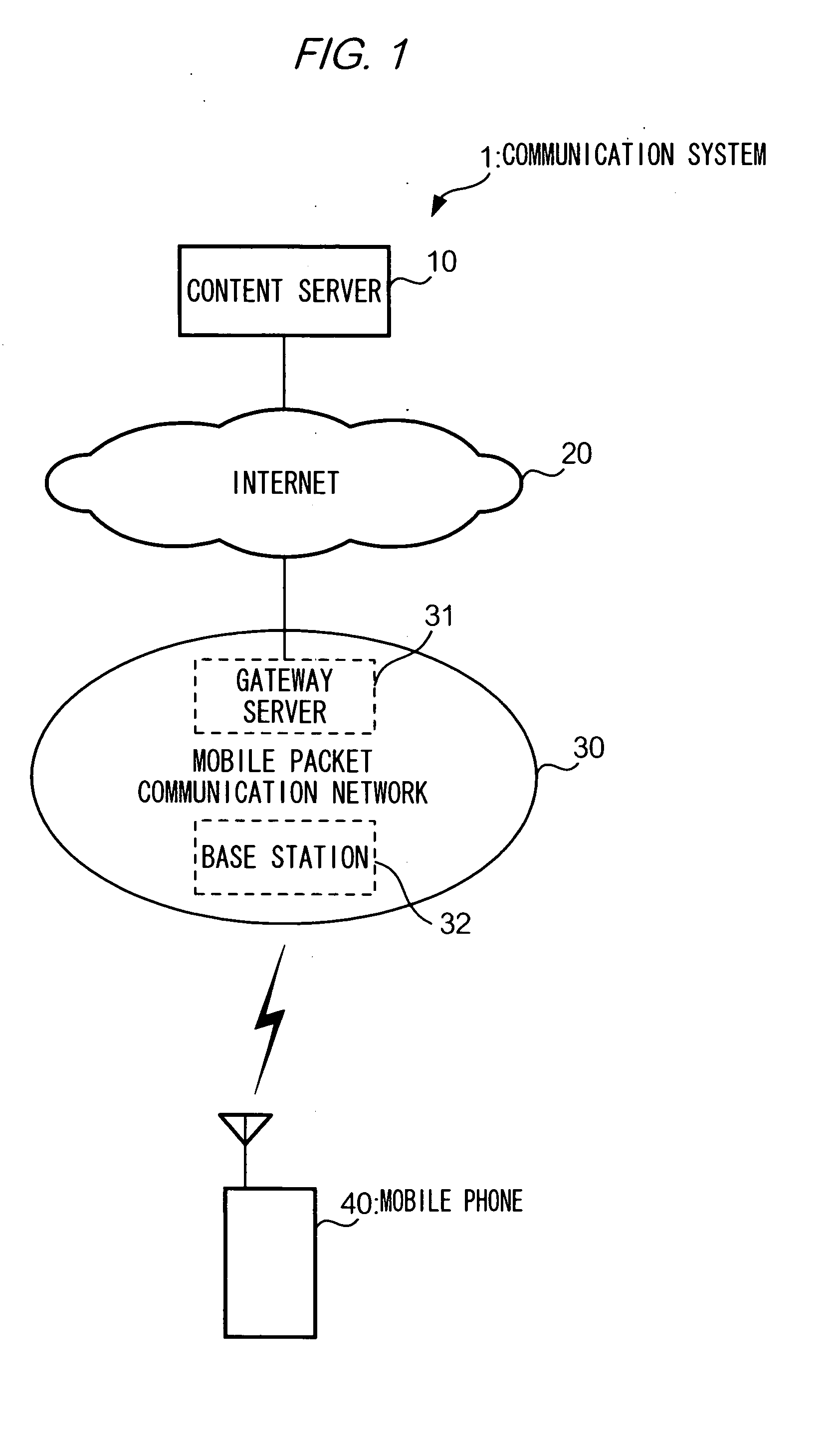Method for managing data sharing among application programs
a technology for managing and sharing data, applied in the direction of unauthorized memory use protection, multi-programming arrangements, instruments, etc., can solve the problems of reducing the usability or functionality of the computer, and arising problems, and achieve the effect of retaining data security
- Summary
- Abstract
- Description
- Claims
- Application Information
AI Technical Summary
Benefits of technology
Problems solved by technology
Method used
Image
Examples
example 2
2. EXAMPLE 2
[0080] In the above embodiment, steps S201 through S213 of FIG. 8 are performed by an API (the launch API). However, it is possible to perform those steps by JAM or OS.
example 3
3. EXAMPLE 3
[0081] In the above embodiment, identity of FQDNs shown in step S203 of FIG. 8 is checked using URLs of providers of the original and destination JavaAPs. Hoverer, it is possible to use a domain name of the providers, or other partial URLs (the first 25 characters of the URL, for example) to identify providers, instead of complete URLs. Further, it is possible to extract any part of a URL to use for identification.
[0082] In this case, identity of providers of JavaAPs is not necessarily determined in terms of content server 10. As a result, the identity may be determined, for example, in terms of a directory of content server 10 which stores the JavaAP or in terms of a network domain of content server 10. In other words, criteria for identifying the origin of a JavaAP can be set in various ways.
example 4
4. EXAMPLE 4
[0083] In the above embodiment a URL is employed as an identification of an origin (provider) of a program such as a JavaAP. However, it is possible to employ an ID of a computer that provides a program; such as a content server or communication terminal, as the identification. For example, MAC address or e-mail address can be used. Still further, it is possible to employ an ID that is assigned to an author or owner of the program. Still further, it is possible that such an ID is assigned in conformity with a global standard or it can be defined locally by a provider.
[0084] Still further, information on providers of a program is not necessarily added to the program. In this case, a computer (mobile phone 40) may receive, from a communication terminal that provides a program, information on a provider of the program (URL and other communication address of the communication terminal), and stores the information in association with the program in a memory of the computer. ...
PUM
 Login to View More
Login to View More Abstract
Description
Claims
Application Information
 Login to View More
Login to View More - R&D
- Intellectual Property
- Life Sciences
- Materials
- Tech Scout
- Unparalleled Data Quality
- Higher Quality Content
- 60% Fewer Hallucinations
Browse by: Latest US Patents, China's latest patents, Technical Efficacy Thesaurus, Application Domain, Technology Topic, Popular Technical Reports.
© 2025 PatSnap. All rights reserved.Legal|Privacy policy|Modern Slavery Act Transparency Statement|Sitemap|About US| Contact US: help@patsnap.com



